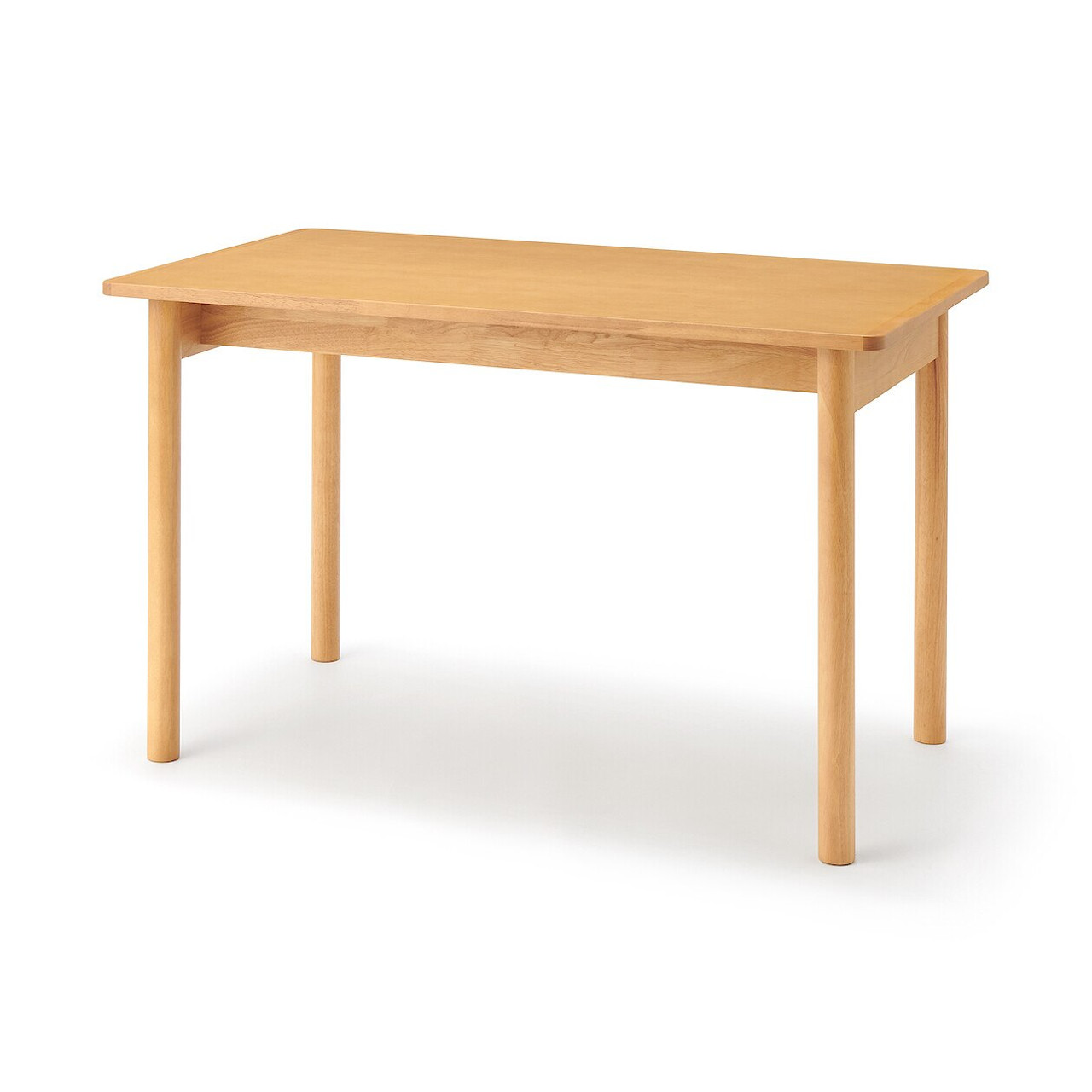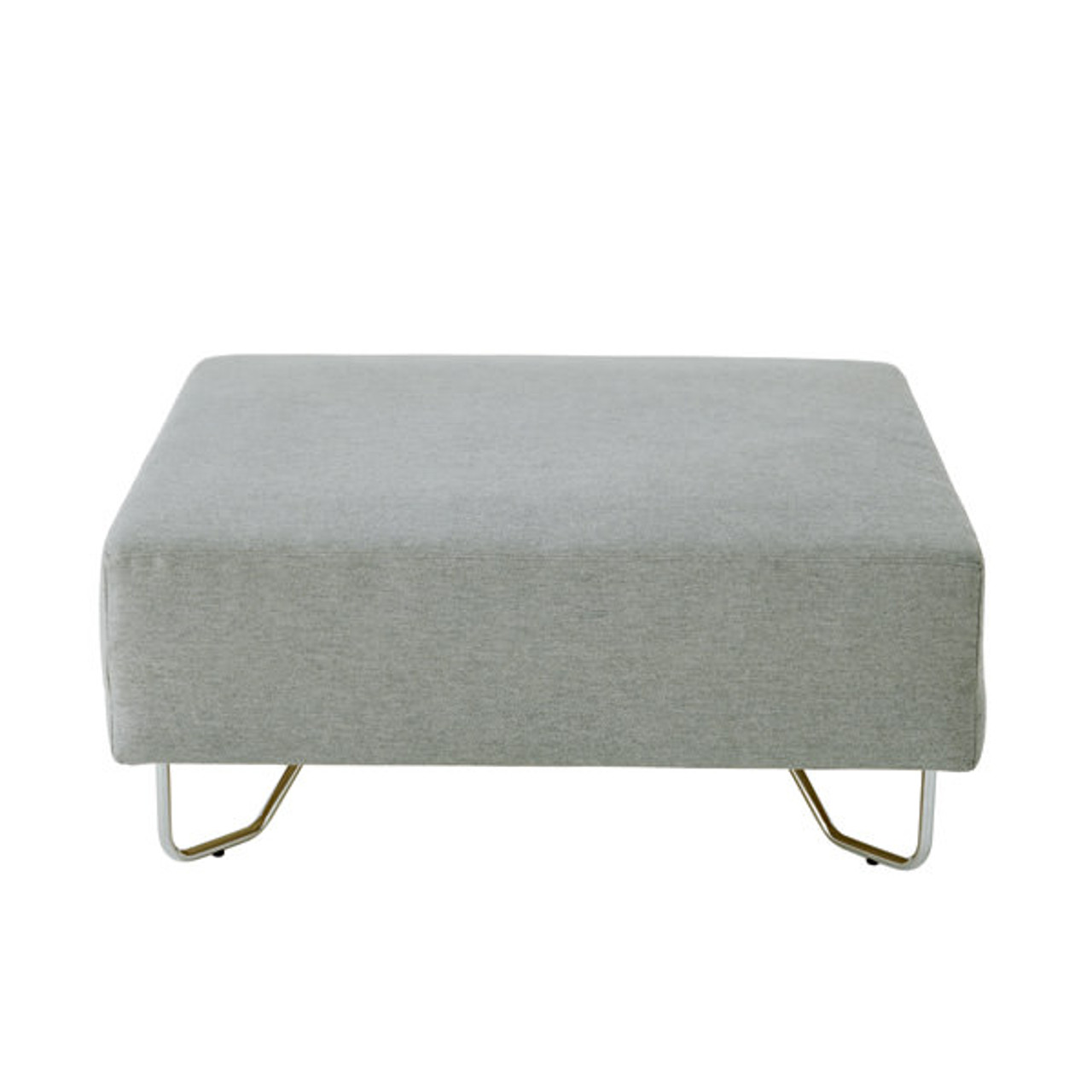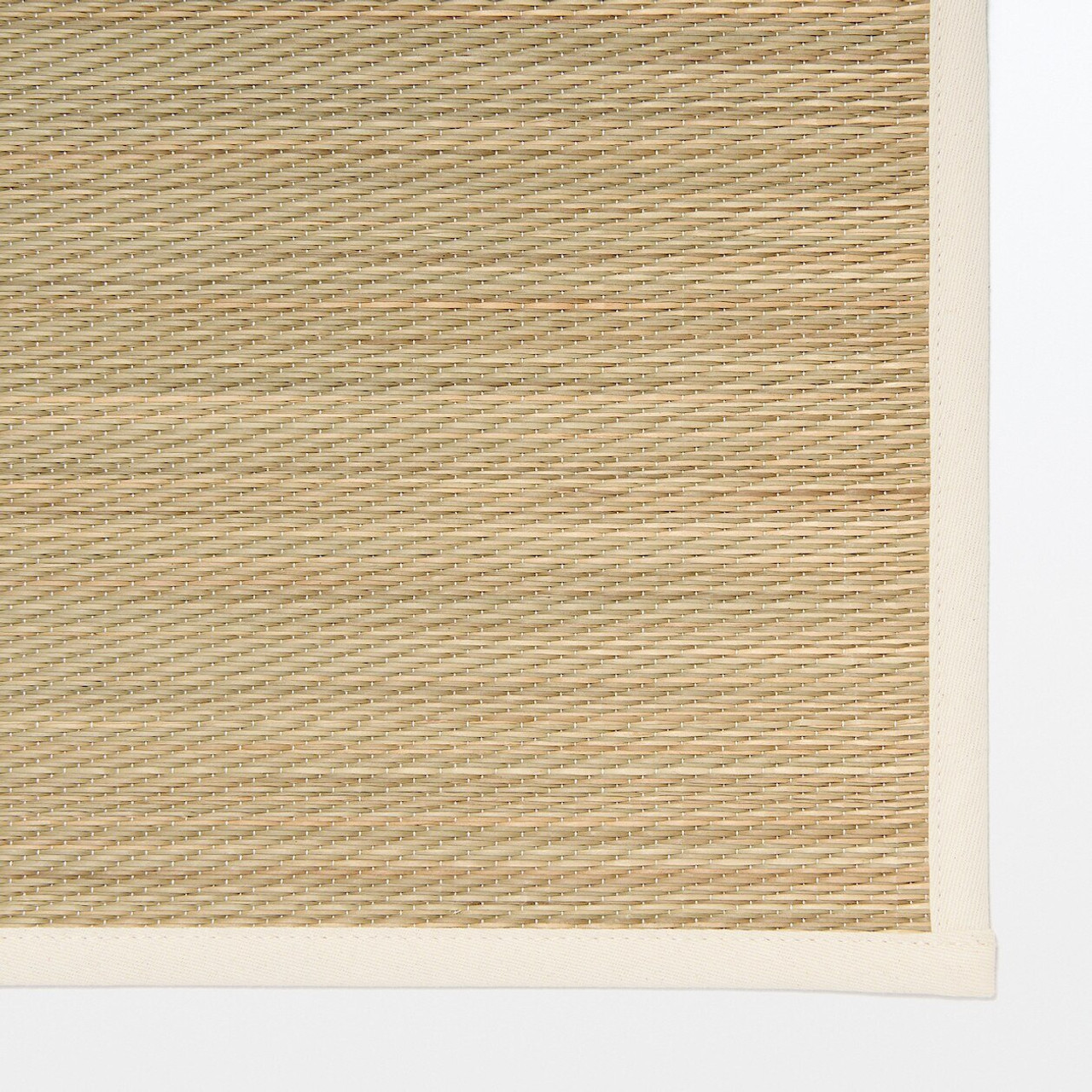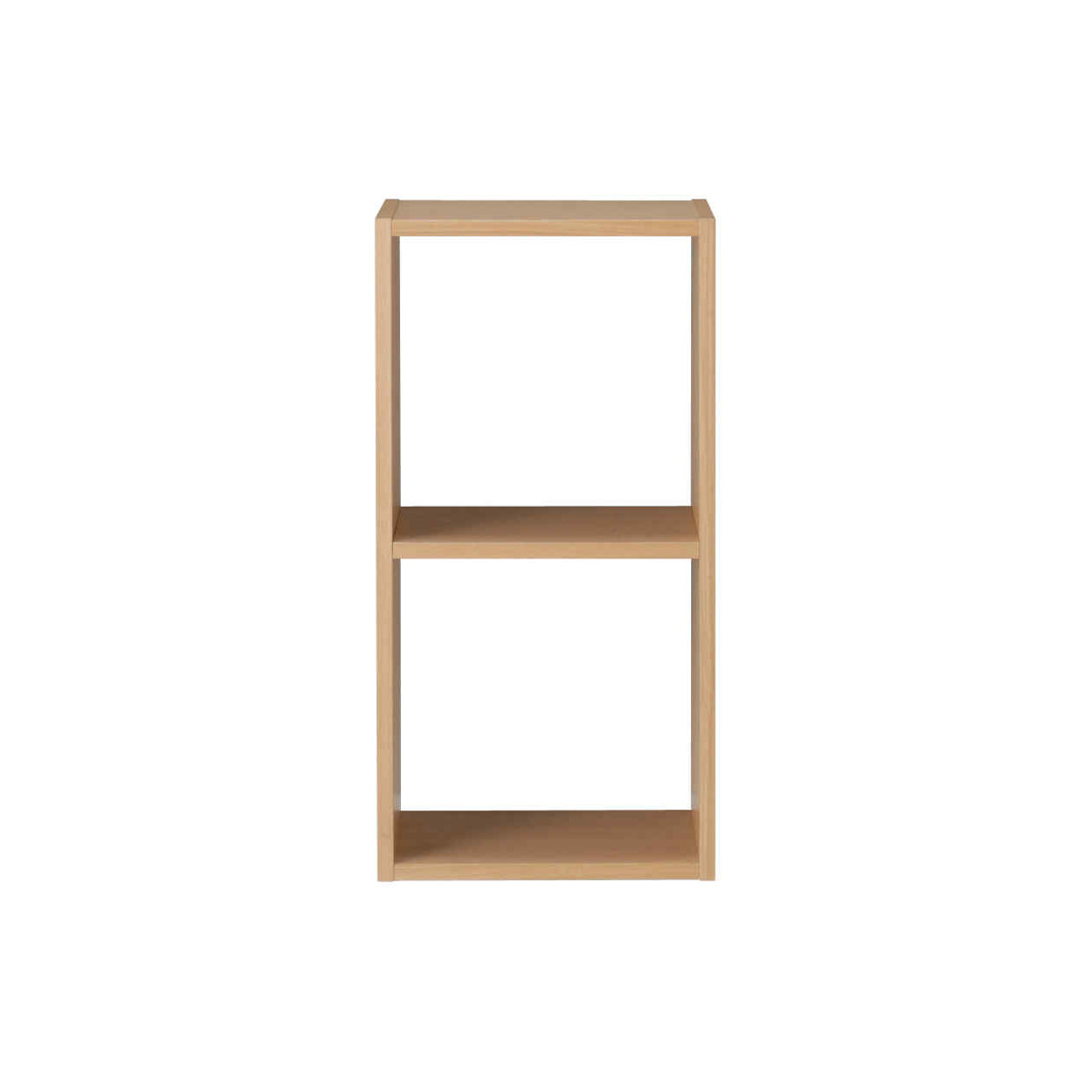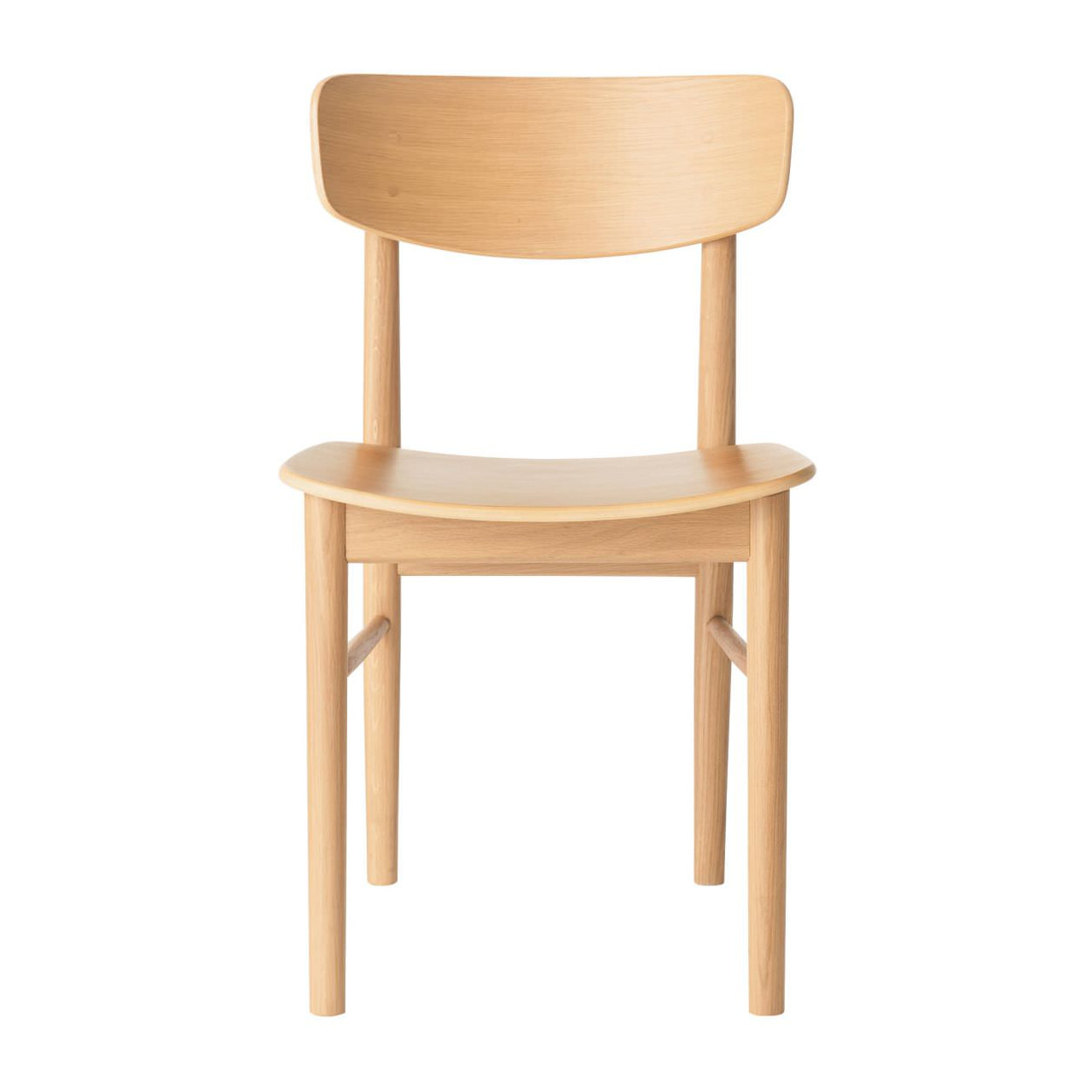Muji Living Room Ideas — 5 Ways to Harness the Calming Qualities of This Japanese Design Style
Inspired by Japanese "zen" principles, Muji living rooms are all about cultivating a calming, tranquil space that nourishes the soul
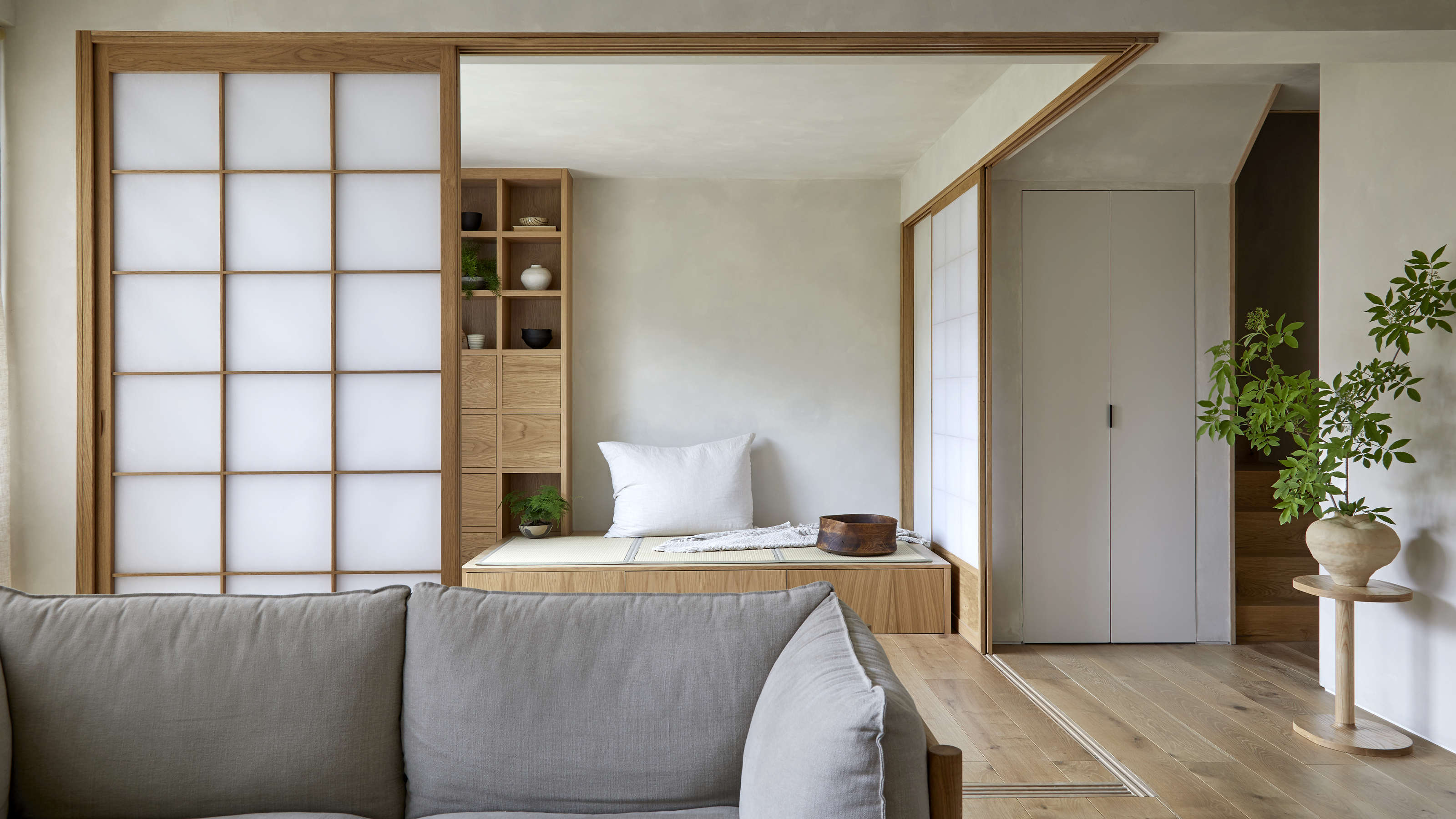

We all want our living rooms to feel calming, and in 2025, that's arguably more true than ever. In tumultuous times, we seek comfort and refuge in our homes and, as a space for the whole family to gather, our living rooms should be sanctuary-like spaces where we feel truly at ease. Put simply, there's been a growing move toward designs that nourish the soul, and no interior design style embodies that concept quite like "Muji".
But Muji is more a way of life than a mere aesthetic style. The Japanese design principle is rooted in "zen" philosophy with a strong focus on simplicity, functionality, and creating a serene space that stills the mind. Characterized by a neutral color palette, natural materials, and minimalist principles, it results in visually calming interiors where form and function meet.
If you want to harness the nurturing qualities of Muji in your modern living room ideas, you've come to the right place. To help you embrace the look, we spoke to some interior designers who know a thing or two about the style. Here, they share five ways to bring the essence of Muji into your space.
What Is Muji Style?
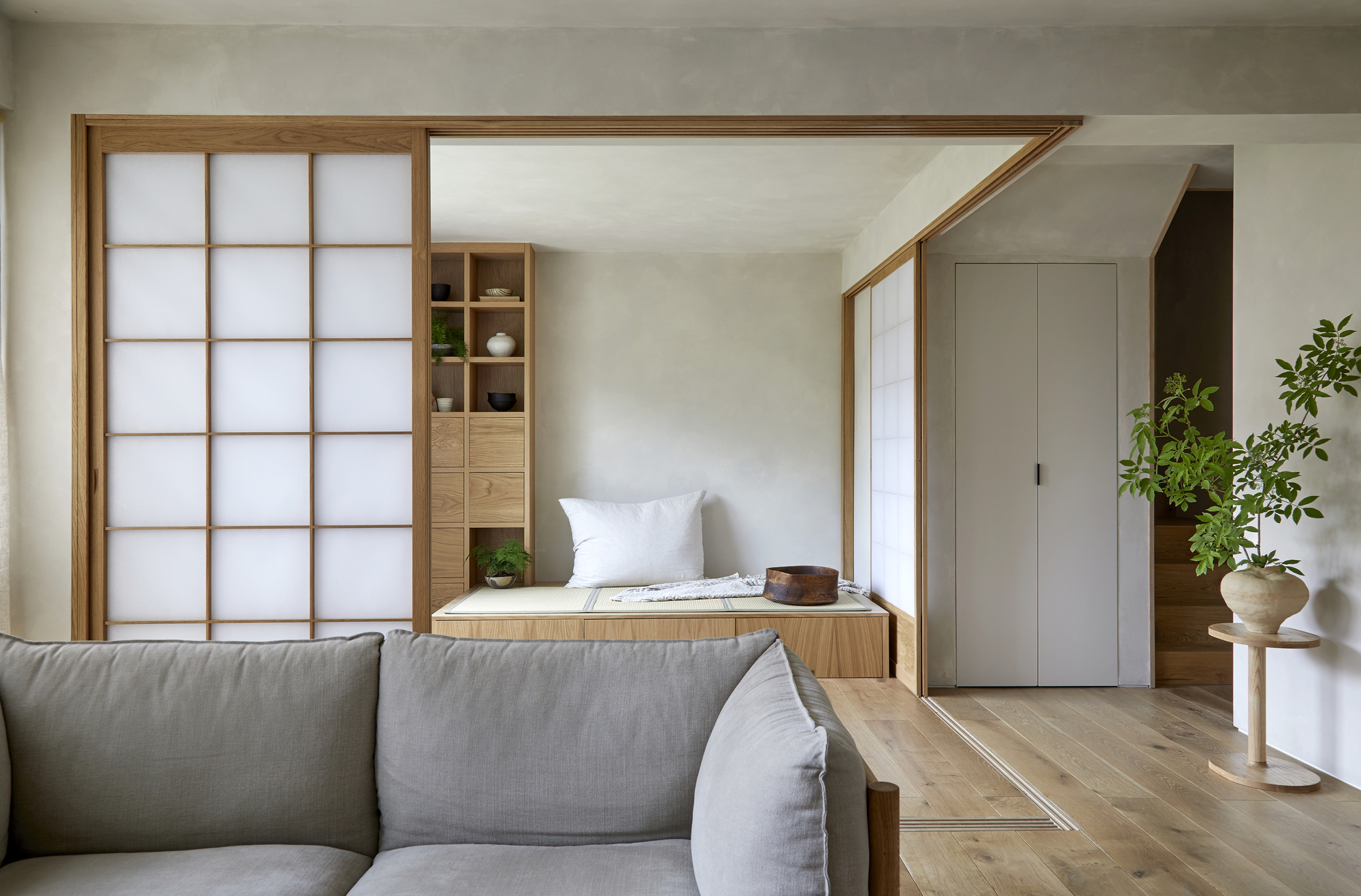
Muji is all about embracing simplicity.
Like many interior design trends stemming from Japan, Muji emphasizes simplicity, functionality, and fosters connections with nature. The serene, minimalist aesthetic feels so pertinent in our current epoch, and yet, it goes against the very essence of Muji to even call it a trend. "The Muji look avoids them completely, aiming instead for timeless calm and effortless practicality," explains Yoko Kloeden, an interior designer who frequently borrows Muji principles in her projects. Think peaceful interiors featuring organic materials that promise to stand the test of time.
Keen to harness those qualities in your living room? Here are five ways to get the look.
1. Embrace Natural Materials
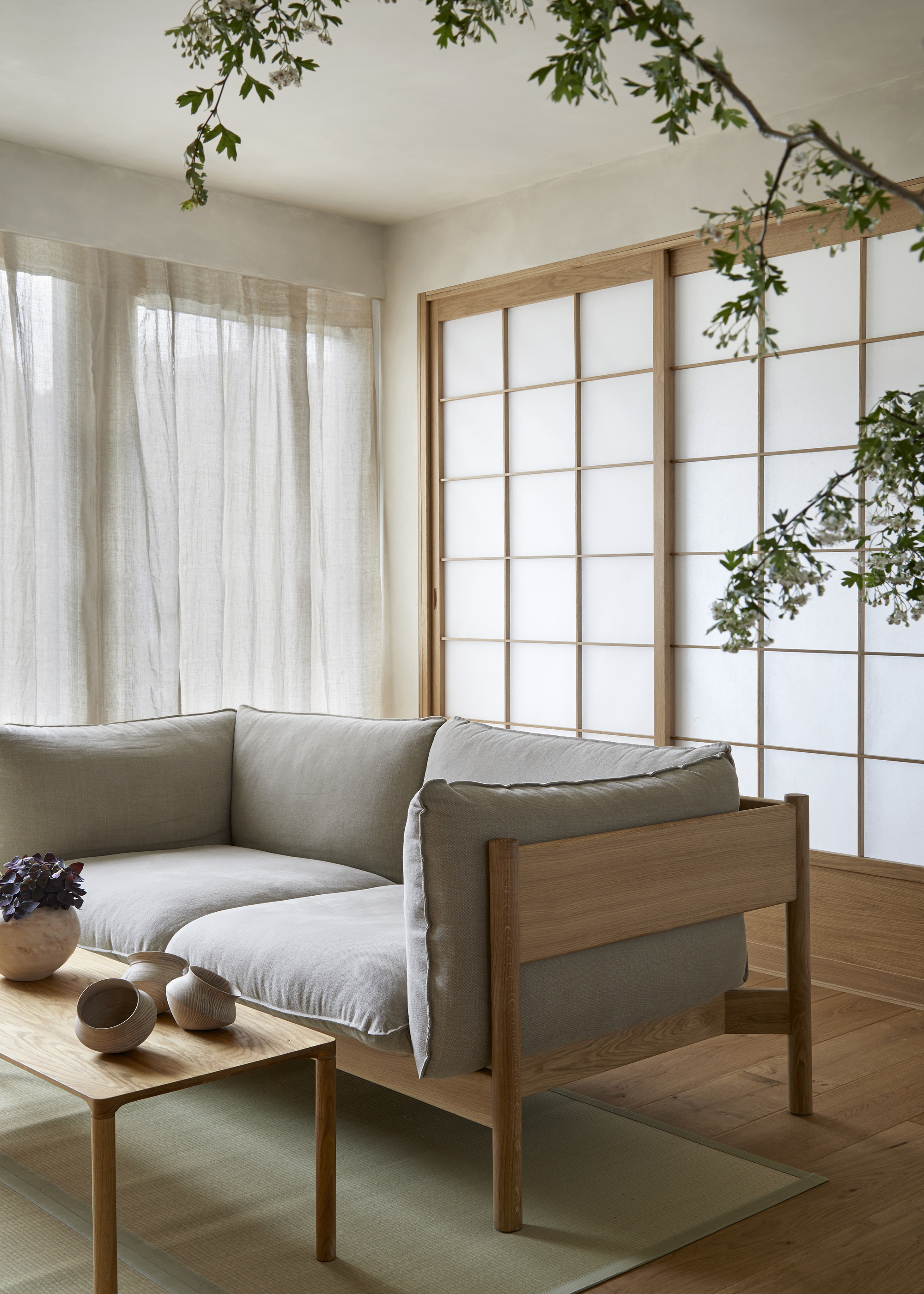
Organic materials that celebrate our connection to natural are central to Muji style.
Muji, and the principles of Zen more specifically, are all about celebrating the interconnectedness of nature. For a Muji living room, then, it's best to embrace natural materials, organic shapes, and wooden furniture.
For a natural living room idea, Yoko recommends this as a solid place to start. "Choose wood, cotton, linen, and other organic textures that bring warmth and calm into the space," she says. For example, we love the timeless appeal of linen curtains paired with bamboo blinds for a textural contrast, materials you can carry through the whole space.
Angelique Kreller (Angie), interior designer at Yabby, emphasizes the importance of wood tones. "Built-in shelves, open bookcases, or media units in pale wood like birch or ash are a great way to bring that Muji look to life," she says. "When you are designing, the grain of wood adds texture to the space and works super well with the neutral colors that are key to Muji style."
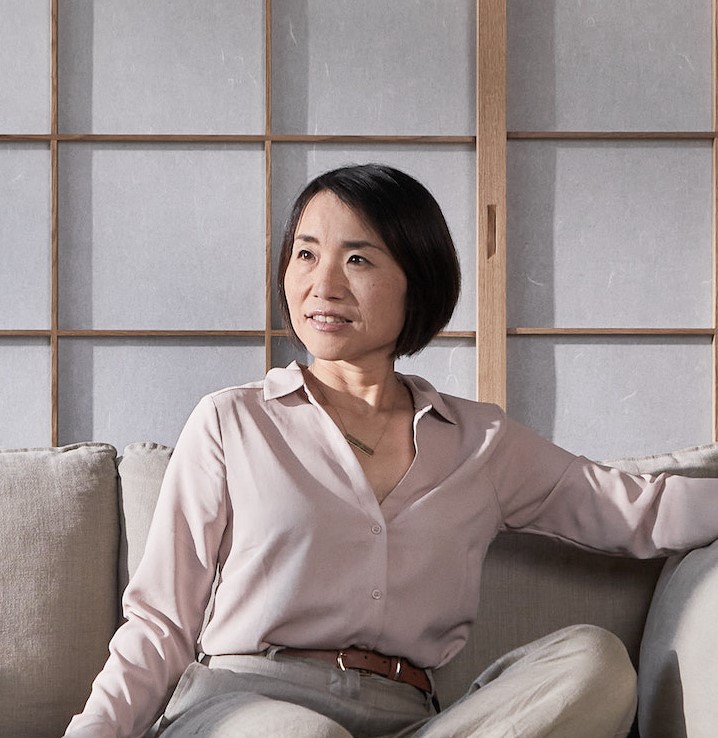
Yoko Kloeden Design is a London-based architecture and interior design studio, founded by Yoko Kloeden in 2016. Located in West London, the studio specializes in crafting mood-enhancing sanctuaries, seamlessly blending Japanese aesthetics with natural, serene elements. Each project aims to create spaces that feel both harmonious and deeply restorative, reflecting Yoko’s commitment to calm, balanced interiors.
2. Prioritize Function Over Ornamentation
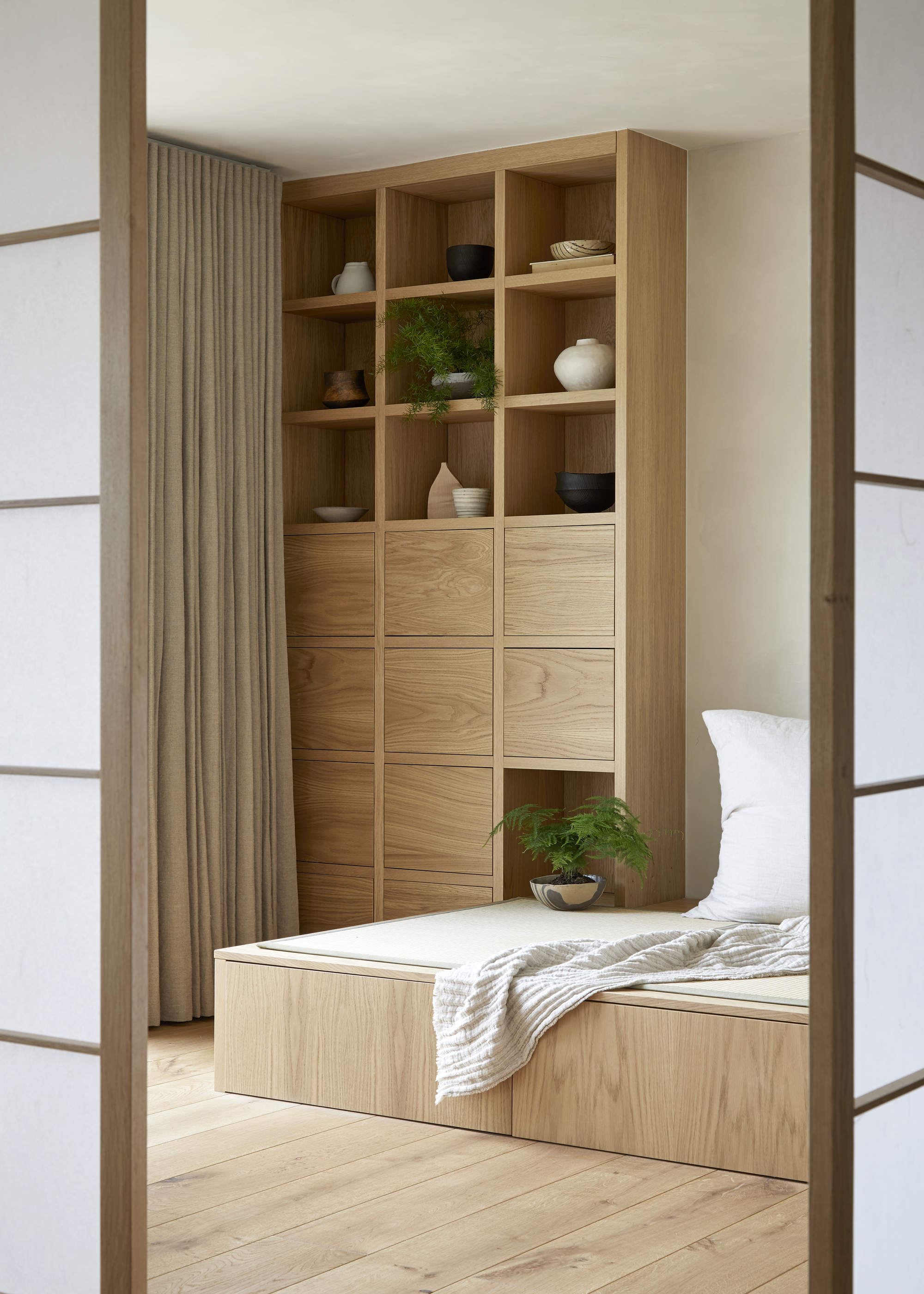
Muji prioritizes functional, fuss-free designs — like this utilitarian shelving unit.
Like many other examples of Japanese style decor, Muji places a strong emphasis on functionality. Forget decorative details or the sort of fussy ornamentation you'd see in antique or retro designs. Instead, this style is the true embodiment of the idea that form follows function. "Every item should serve a purpose," says Yoko. "Simplicity is not plainness, it's intentional design."
When practicality takes priority over ornamentation, it often results in simple forms and clean lines that are appealing in their own right. "In the living room, think of things that are low to the floor, like floor-hugging sofas," says Angie. "Avoid anything overly decorative or bulky. This aesthetic is all about softness and simplicity in the final look."
3. Stick to a Neutral Palette
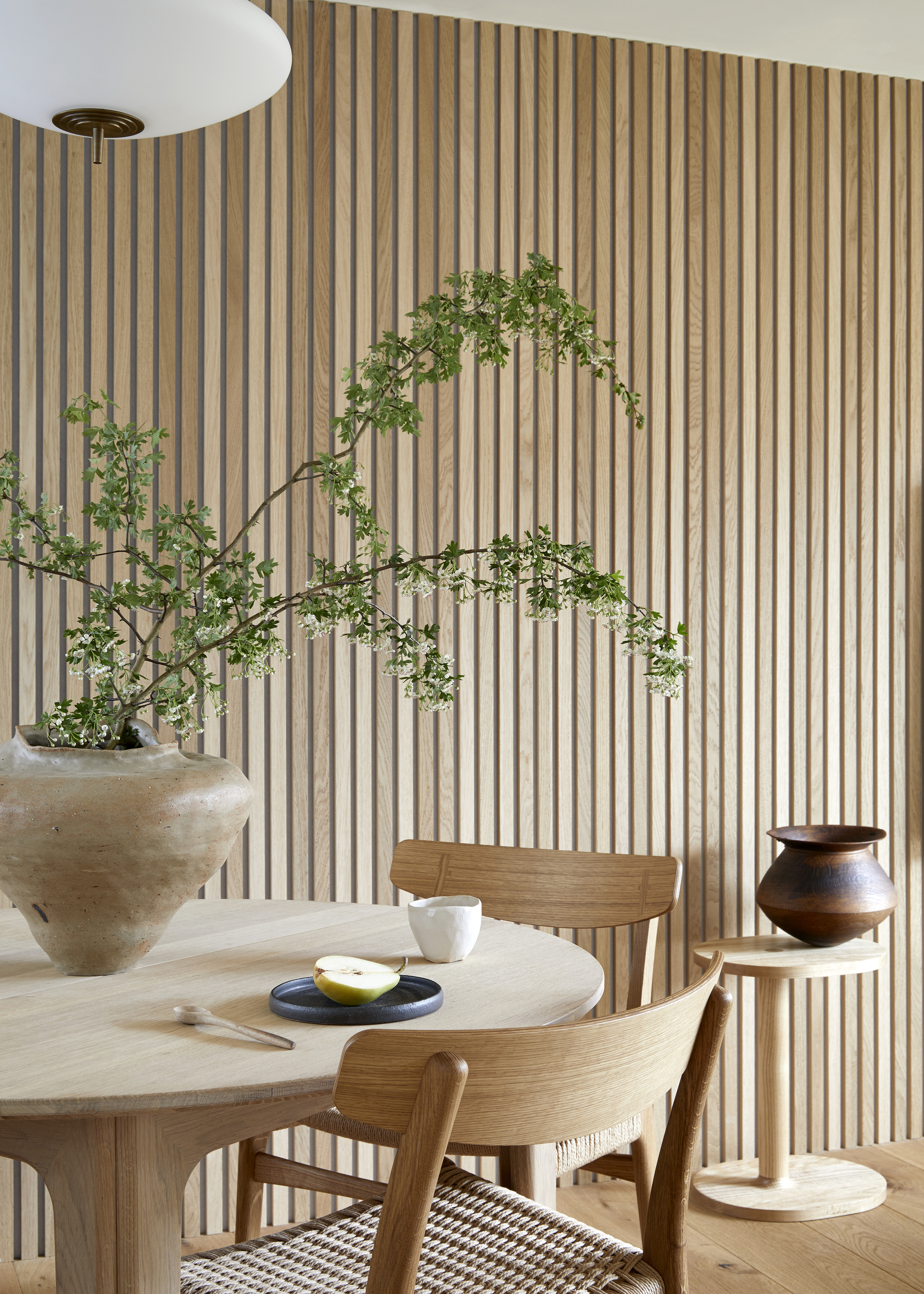
Warm, neutral tones help to create a calming Muji-inspired living room.
Neutral color schemes are integral to Muji's style. Of course, it's a byproduct of embracing the simplicity of natural materials, but a palette of serene tones also helps to instill the calming effects that this Zen-inspired design style sets out to achieve. "Soft whites, beiges, greys, and natural wood tones help create a peaceful, uncluttered atmosphere," says Yoko.
That being said, Angie recommends steering clear of pure white entirely, instead recommending off-whites, creams, and greiges layered tonally. "A little warmth in your color palette goes a long way in making the space feel cozy," she says. Opt for a greige wall color in a living room for a soft foundation, for example, and then layer in natural linen upholstery, wooden furniture, and an off-white decor accent that runs through your smaller accessories.
4. Keep Your Space Clutter-Free
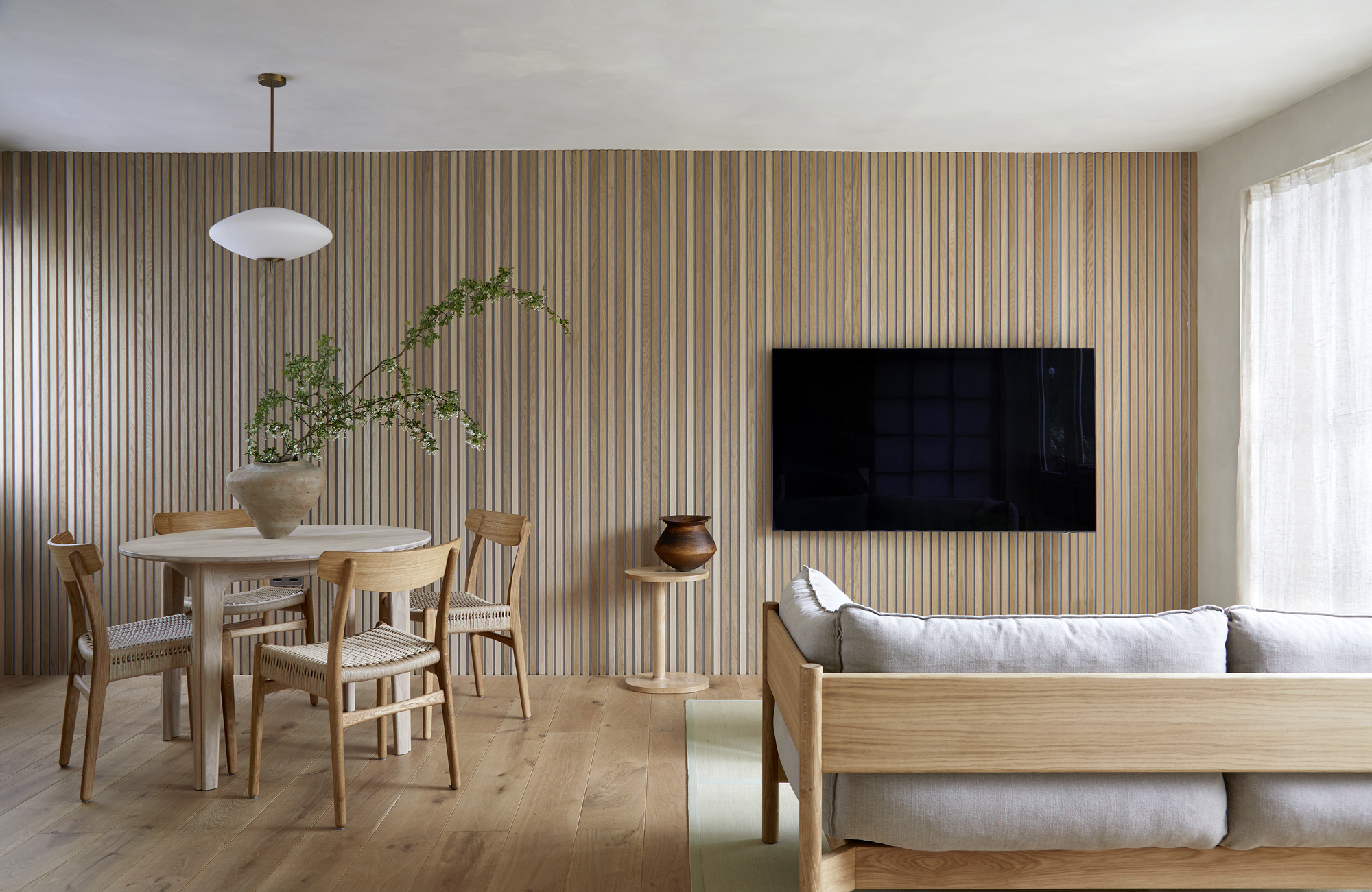
A Muji living room embraces living well with less by prioritizing a streamlined, clutter-free space.
With Muji style, less really is more, so consider decluttering your living room for a more minimalist space. Living well with less is a key feature of Muji, so be ruthless in your mission. "Declutter, and then declutter again," says Yoko. "Reduce visual noise by only keeping what you use and love. Storage should be subtle, seamless, and tidy."
For the stuff you do decide to keep, Angie says it's a good idea to make use of hidden storage ideas. "Muji interiors are all about order and calm, so hiding away the mess is key," she notes. "I suggest using things like drawer units that tuck neatly into shelving. This way, you won't have any chaos in the space."

Angielique (Angie) Krelller is a Bachelor of Interior Design Graduate with a strong interest in commercial and residential projects through practical design and implementation. As an interior designer, her approach centers around collaborative partnerships with clients, while ensuring their needs are seamlessly integrating functional requirements, and stylistic preferences. She possesses a strong knowledge of interior design principles, space planning, and materials selection.
5. Invest in Quality Basics
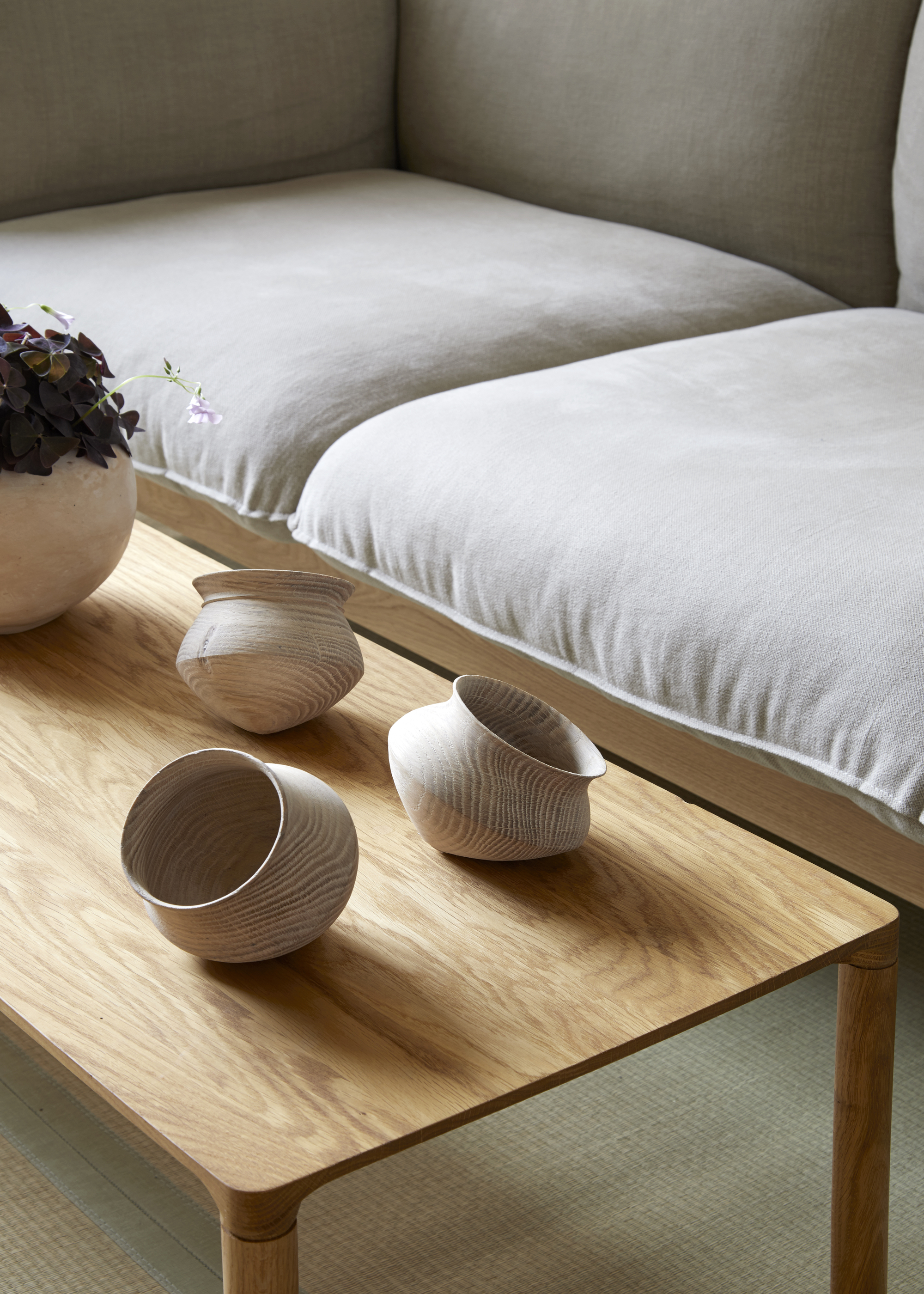
A solid wood coffee table with clean, simple lines is appropriately "Muji"
Japanese design principles put an emphasis on quality craftsmanship. The concept of Iki, for example, is about subtle displays of refined elegance and sophistication, a notion best communicated through quality materials, furniture, and accessories.
This doesn't mean expensive, high-end pieces that feel showy or ostentatious. In fact, quite the opposite. "Well-made, timeless pieces — from a simple chair to a clean-lined teacup — form the foundation of Muji style," says Yoko. It's all about quality over quantity, investing in items that hold their value over time. In the living room, consider choosing handcrafted items that communicate this ethos while offering a unique conversation piece, such as a mino ware bowl or a chocin lamp.
FAQs
What Is the Difference Between Japandi and Muji Style?
While Japandi style shares similarities with Muji, they're distinct interior styles. "While both share a love for simplicity and natural materials, Japandi is a fusion of Japanese and Scandinavian design, often blending Japanese minimalism with Nordic coziness — think clean lines softened by textures like wool or muted colour accents," says Yoko.
"Muji style, on the other hand, is more purely rooted in Japanese philosophy," she continues. "It leans further into functional minimalism, with a stronger focus on utility, order, and quiet neutrality." This generally manifests as fewer soft textiles and decorative accessories in the case of Muji style.
Muji style, with its Zen-inspired philosophy, is a great way to harness the relaxing qualities of Japanese design within your home. For a living room that feels timeless, serene, and elegantly minimalist, consider employing some of these core ideas in your next redesign.
Be The First To Know
The Livingetc newsletters are your inside source for what’s shaping interiors now - and what’s next. Discover trend forecasts, smart style ideas, and curated shopping inspiration that brings design to life. Subscribe today and stay ahead of the curve.

Lilith Hudson is a freelance writer and regular contributor to Livingetc. She holds an MA in Magazine Journalism from City, University of London, and has written for various titles including Homes & Gardens, House Beautiful, Advnture, the Saturday Times Magazine, Evening Standard, DJ Mag, Metro, and The Simple Things Magazine.
Prior to going freelance, Lilith was the News and Trends Editor at Livingetc. It was a role that helped her develop a keen eye for spotting all the latest micro-trends, interior hacks, and viral decor must-haves you need in your home. With a constant ear to the ground on the design scene, she's ahead of the curve when it comes to the latest color that's sweeping interiors or the hot new style to decorate our homes.
-
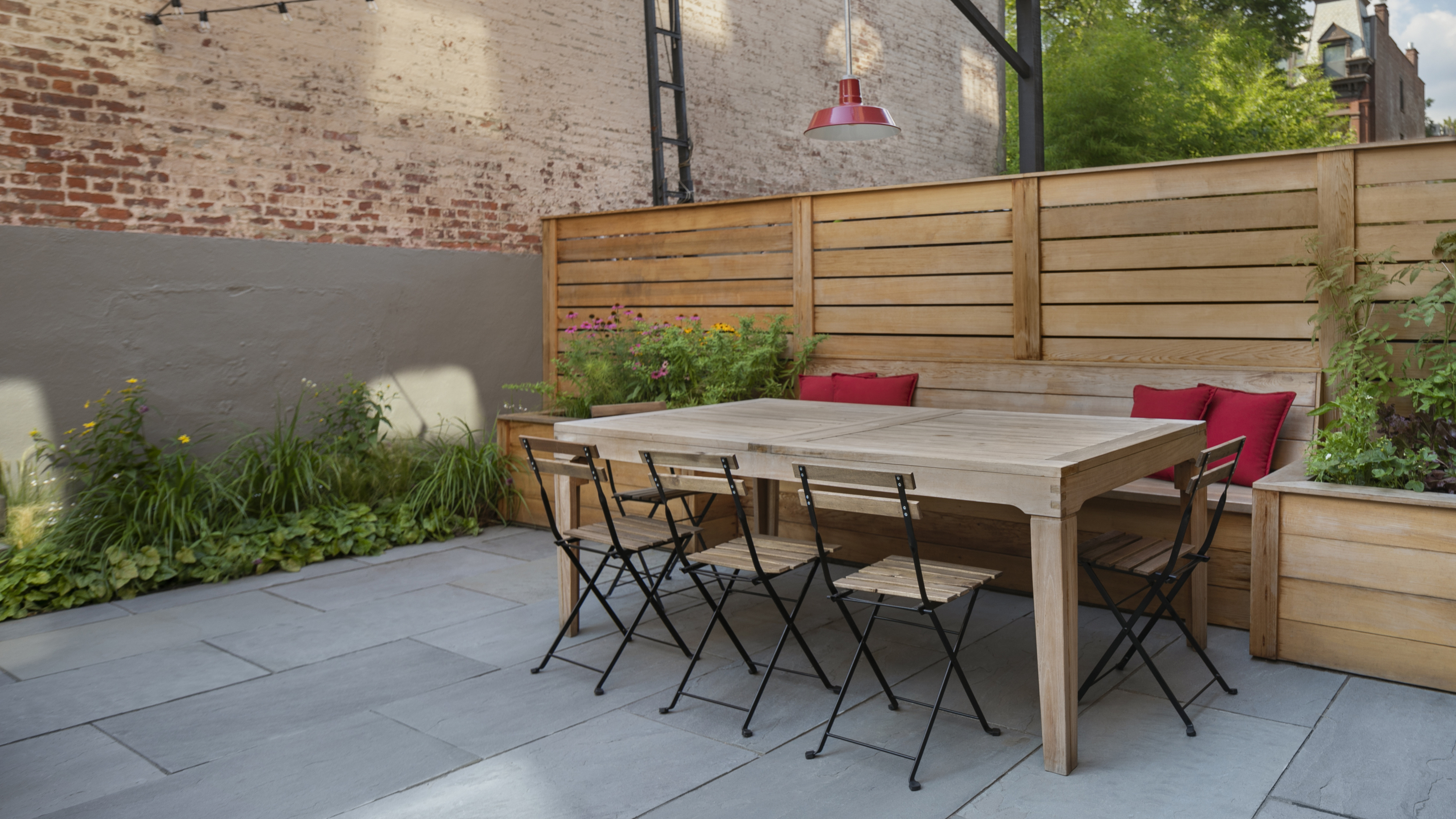 5 Things That Could Be Making Your Patio Look Cheap, and That Any Landscape Designer Worth Their Salt Would Notice
5 Things That Could Be Making Your Patio Look Cheap, and That Any Landscape Designer Worth Their Salt Would NoticeNow is the time to prime your patio for the spring-summer season, but steer clear of these common pitfalls that could be devaluing your space
By Lilith Hudson
-
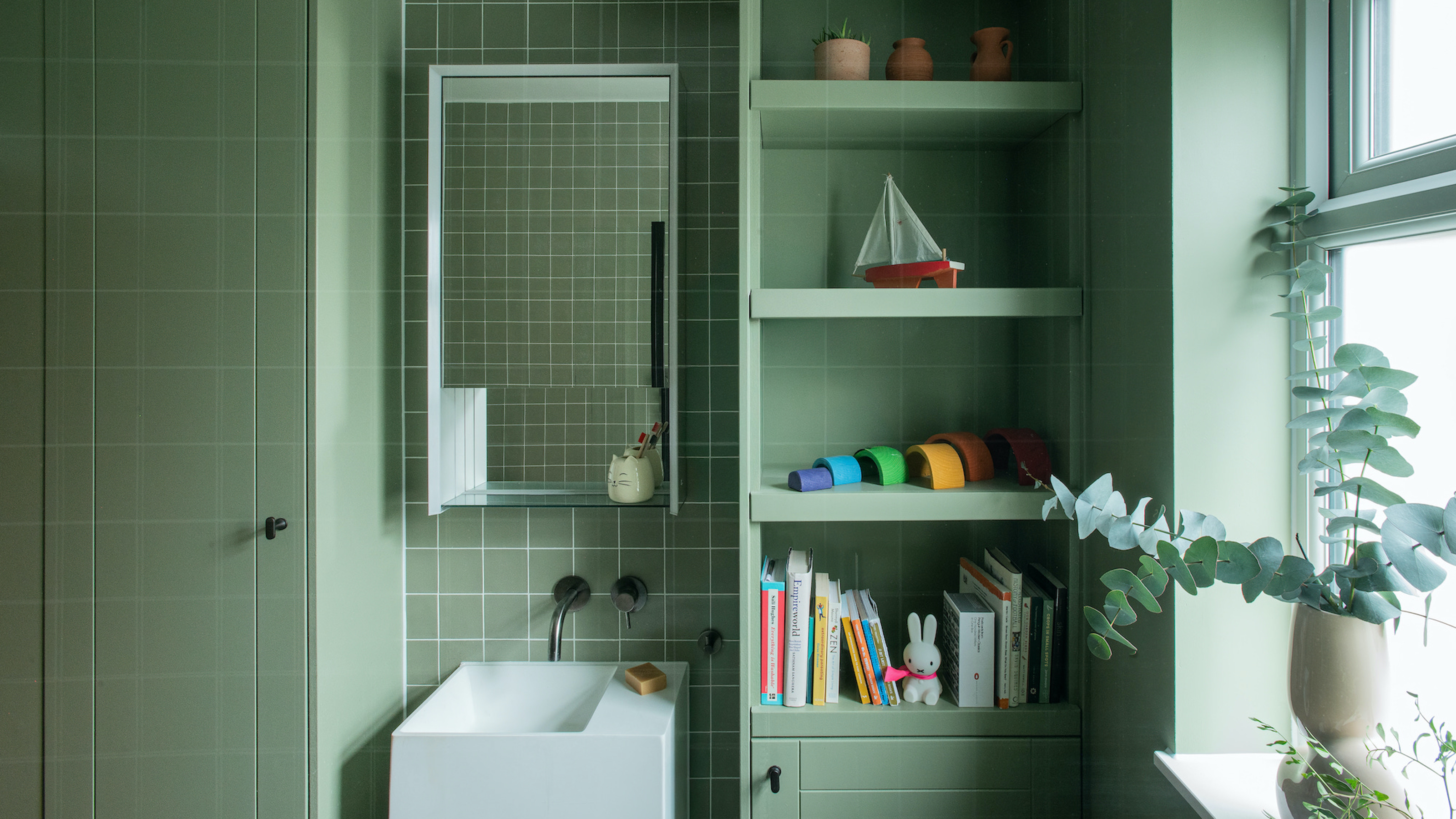 10 Small Bathroom Storage Ideas That Will Cull Clutter and Keep Even Tiny Spaces Feeling Calm
10 Small Bathroom Storage Ideas That Will Cull Clutter and Keep Even Tiny Spaces Feeling CalmUnlock the storage potential hidden in your small bathroom and squeeze stashing space from every corner
By Linda Clayton
